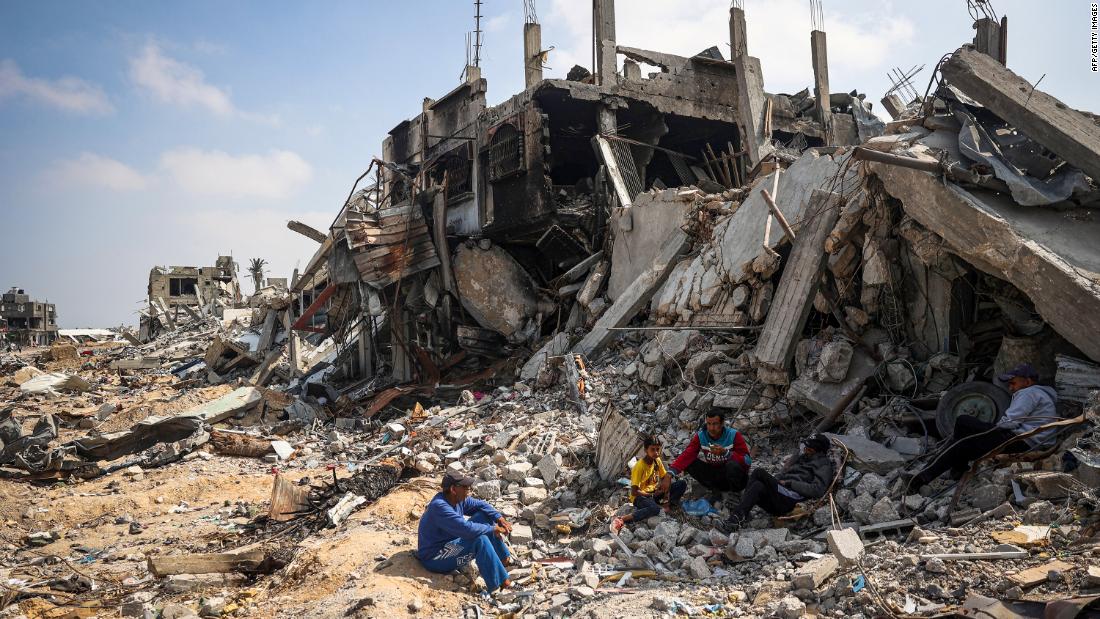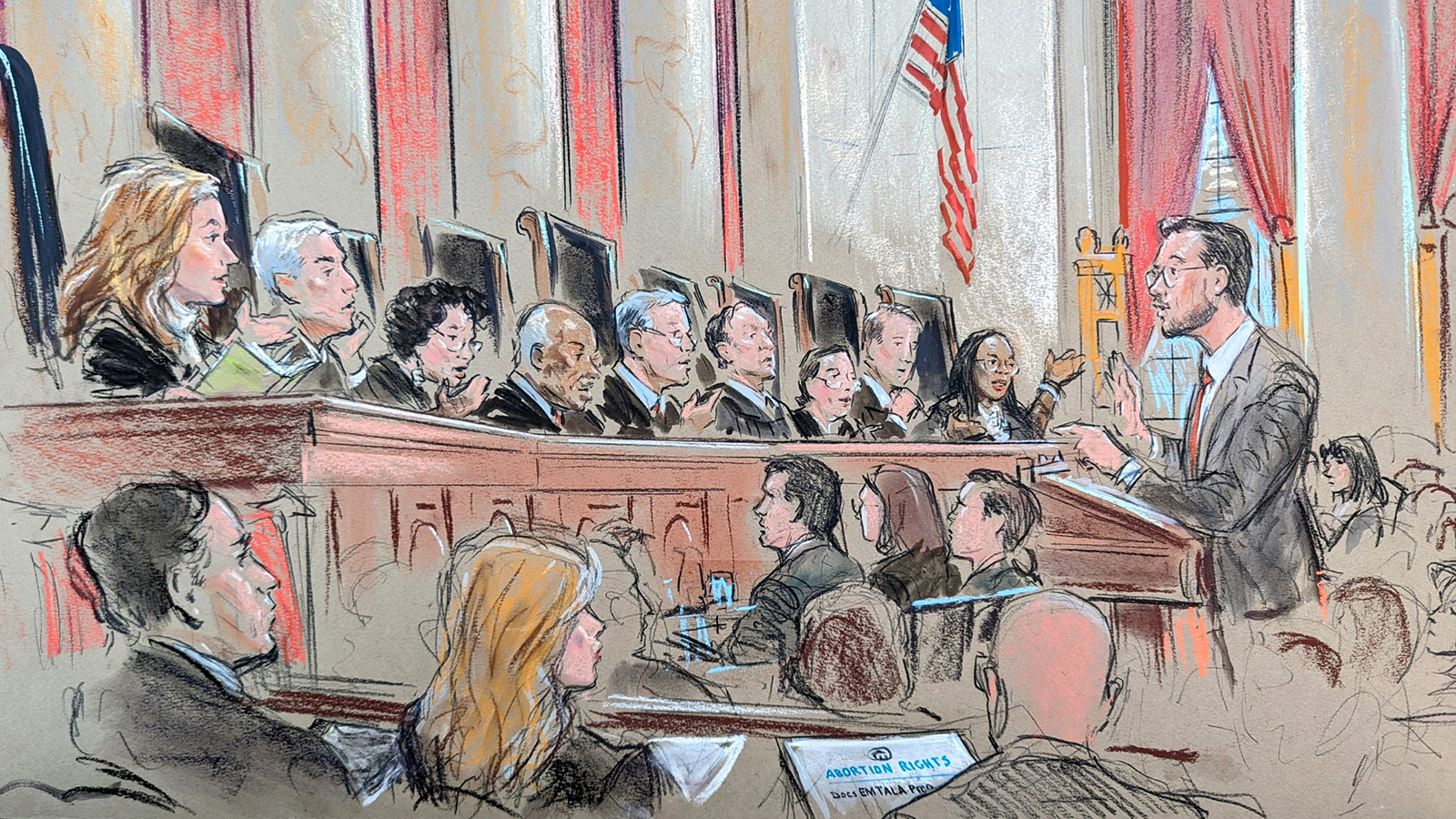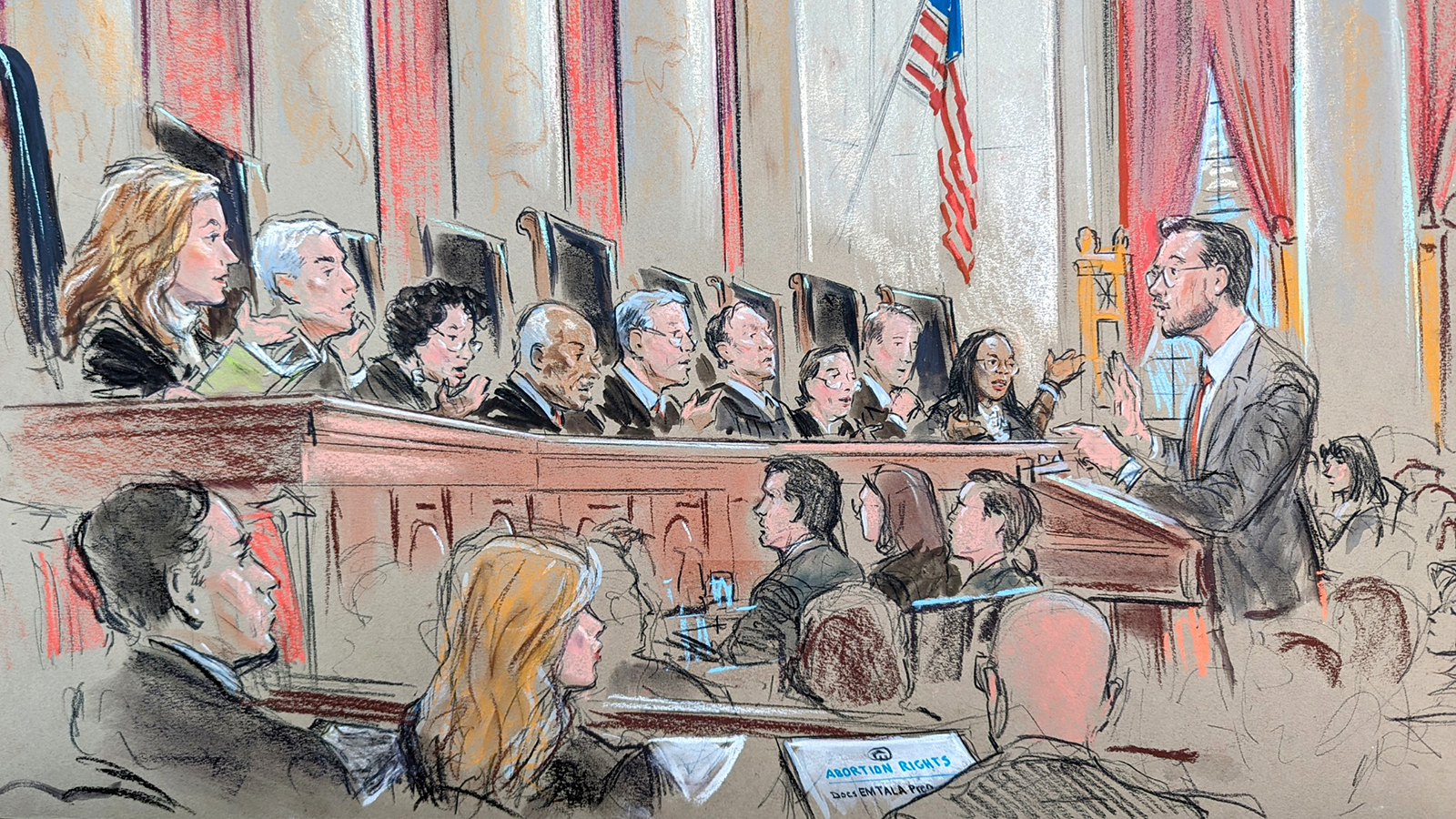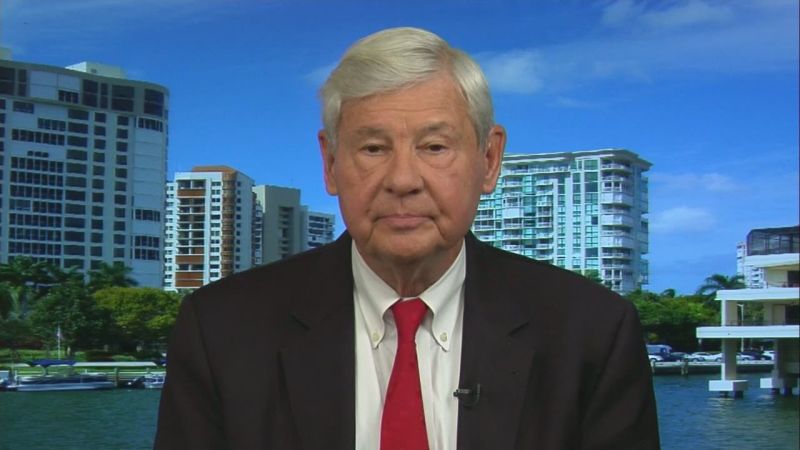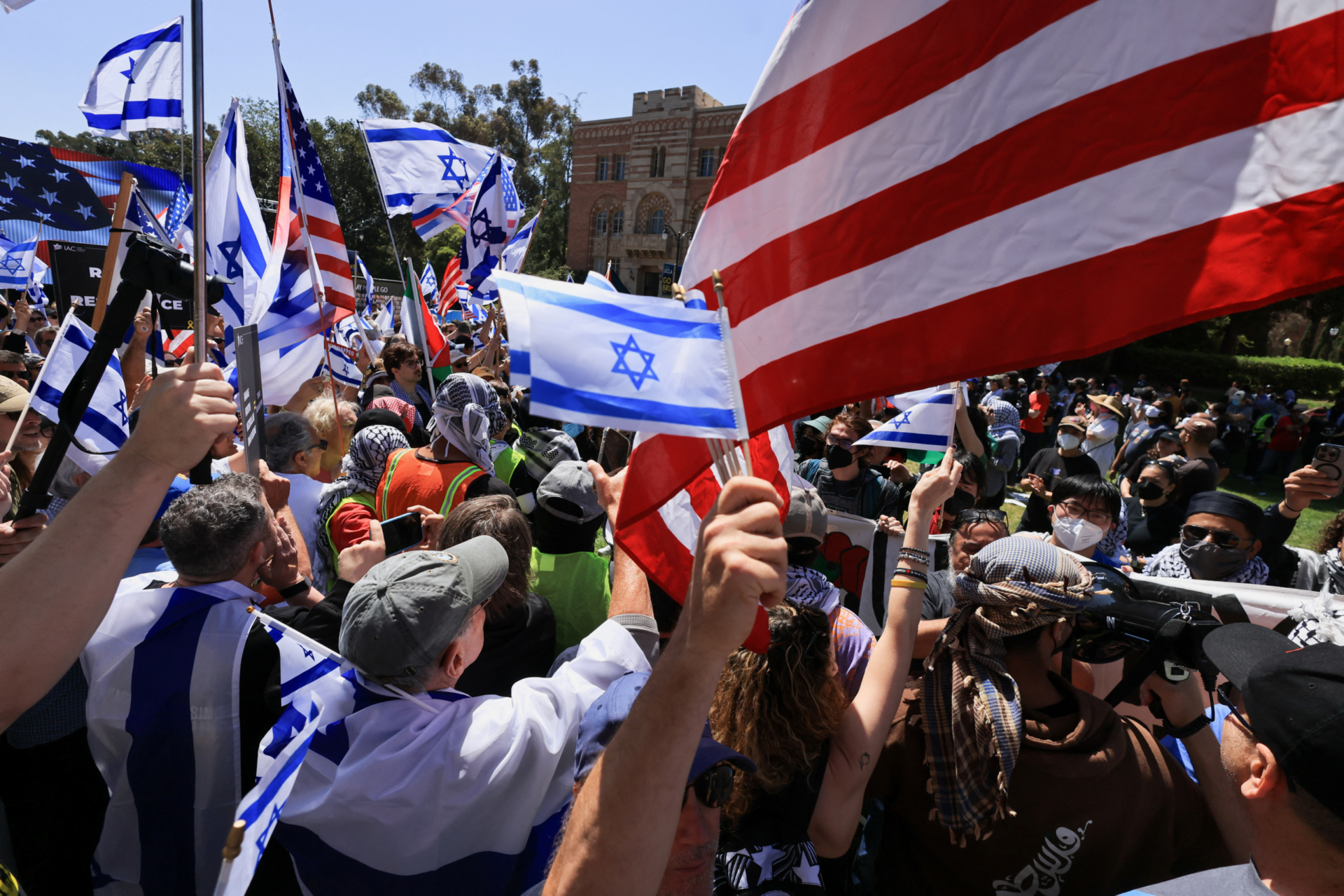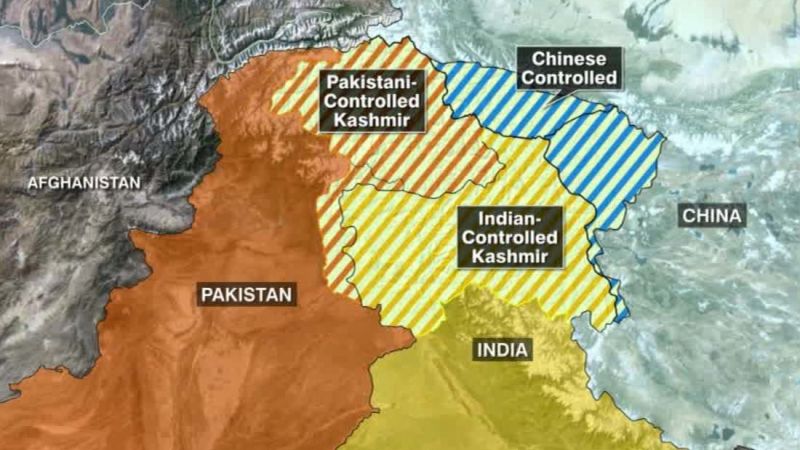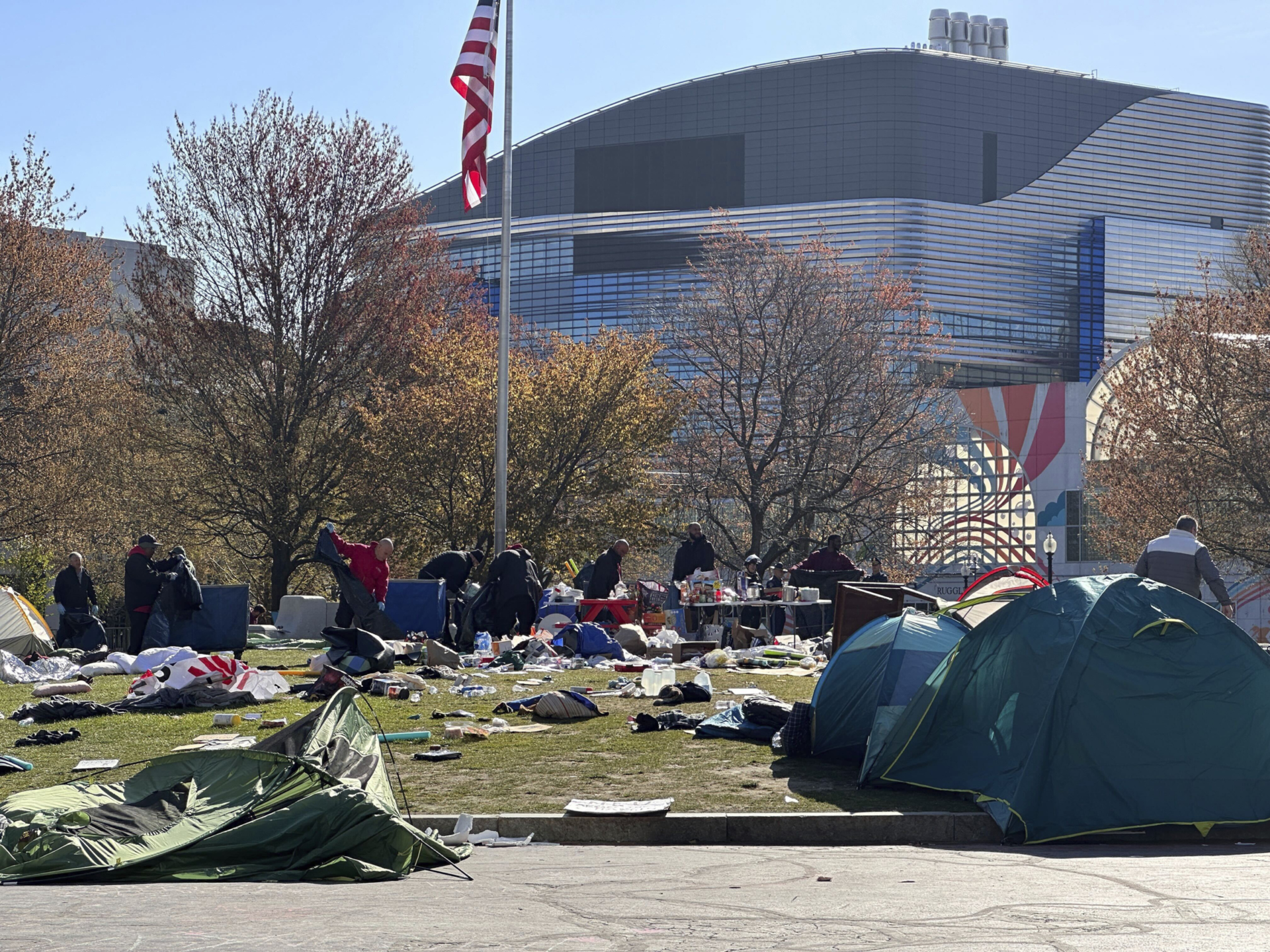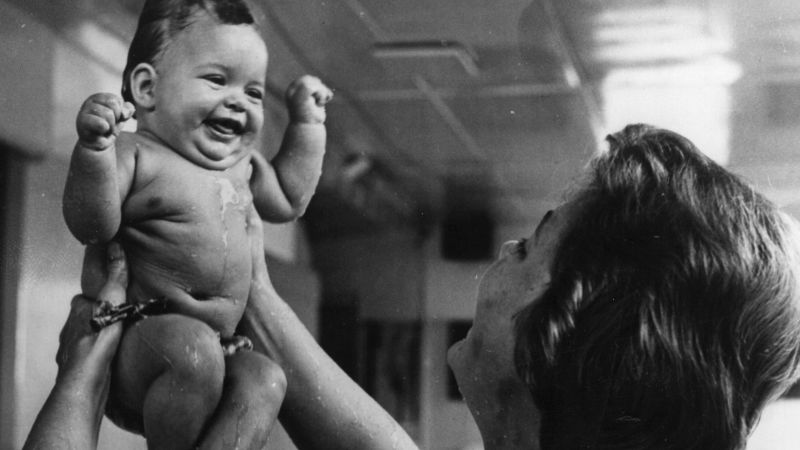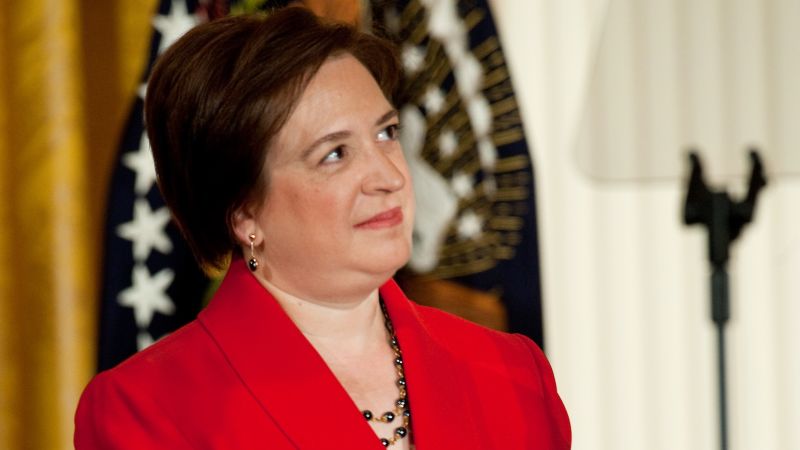CNN
—
Here’s a look at Kashmir, a region in the Himalayan and Karakoram mountain ranges. India, Pakistan and China all claim partial or complete ownership of Kashmir.
Kashmir is an 86,000-square mile region in the northern part of the Indian subcontinent.
India and Pakistan have been fighting over Kashmir since both countries gained their independence in 1947.
Between 1989 and 2008, more than 47,000 people were killed in separatist violence, according to the Indian government. Some human rights groups and nongovernmental organizations say the death toll is higher.
Hundreds are still killed every year in separatist violence, according to human rights groups.
The Line of Control separates Indian and Pakistani-controlled parts of Kashmir.
India-controlled: One state, called Jammu and Kashmir, makes up the southern and eastern portions of the region. Srinagar is the summer capital city. Jammu (city) is the winter capital.
Pakistan-controlled: Three areas called Azad Kashmir and Gilgit-Baltistan make up the northern and western portions of the region. The capital of Azad Kashmir is Muzaffarabad.
China-controlled: One area called Aksai Chin in the northernmost part of the region.
Kashmir: India and Pakistan’s bitter dispute
1947 – India and Pakistan gain independence from Great Britain. Kashmir initially decides to remain independent, choosing not to become a part of either Pakistan or India. After militants from Pakistan invade, the Maharaja of Kashmir signs a letter acceding to India. Pakistan does not recognize the letter as a legal document, sparking war.
January 1, 1949 – India and Pakistan agree to withdraw all troops behind a mutually agreed ceasefire line, later known as the Line of Control.
1965 – India and Pakistan go to war again over Kashmir.
1989 – Islamic militants begin an uprising in Indian-controlled Kashmir.
1999 – India and Pakistan fight a limited border conflict in Kashmir, after armed invaders cross the Line of Control in the town of Kargil.
July 25, 2000 – Hizbul Mujahedeen, a pro-Pakistan Kashmiri militant group, declares a unilateral ceasefire for three months in Jammu and Kashmir.
August 8, 2000 – Hizbul Mujahedeen calls off its ceasefire.
May 23, 2001 – India ends a six-month ceasefire while also inviting Pakistani military ruler, General Pervez Musharraf, to peace talks aimed at ending five decades of hostilities between the two countries.
July 14-16, 2001 – Musharraf and Indian Prime Minister Atal Behari Vajpayee meet in Agra, India, for a three-day summit. The talks fail to produce a joint statement on Kashmir.
December 20, 2001 – The Indian army deploys troops on its border with Pakistan in the northern states of Kashmir and Punjab after an attack by militants on the Indian Parliament building. Pakistani troops also buildup across the frontier.
January 12, 2002 – Musharraf announces a ban on two Kashmiri militant groups.
October 2002 – Four rounds of polls to choose a new state administration conclude in Indian-controlled Kashmir. About 300-500 people are killed during the election campaign.
November 2003 – India agrees to a Pakistani offer of a ceasefire along their borders in the disputed region of Kashmir. The ceasefire goes into effect November 26 and is the first ceasefire in 14 years.
January 4, 2004 – Vajpayee meets with Musharraf in Islamabad. It is their first direct contact in two years.
March 28, 2008 – Human rights workers find nearly 1,000 unmarked graves near the Line of Control. Hundreds of protestors in Indian Kashmir later clash with police, demanding an investigation into the graves.
October 21, 2008 – India and Pakistan open a trade route for the first time in six decades on the Line of Control. Fruit, clothing and spices are among the items being transported.
January 14, 2011 – India’s home secretary announces that India will cut its security forces in Kashmir over the next 12 months.
February 10, 2011 – Pakistan and India agree to resume peace talks that halted after the 2008 Mumbai terror attacks.
July 27, 2011 – Pakistani Foreign Minister Hina Rabbani Khar meets with Indian Foreign Minister S.M. Krishna in New Delhi to discuss ways to improve travel and trade across Kashmir.
February 2015 – The Hindu Bharatiya Janata Party (BJP) and the People’s Democratic Party (PDP,) a regional party backed by the Muslim majority, announce the formation of a coalition government in Indian-controlled Kashmir. This follows five rounds of elections in 2014 without a clear winner and is the first time that the BJP will be part of the governing coalition in the state assembly. The coalition government is sworn in on March 1, 2015.
January 2016 – The death of the chief minister of the Indian state of Jammu and Kashmir, Mufti Mohammad Sayeed, creates tumult within the coalition government. The presumptive successor is Mehbooba Mufti, Sayeed’s daughter. She declines to take the oath of office, however, as relations fray between the PDP and the BJP. With the power-sharing alliance in crisis, Governor’s rule is imposed in accordance with the Constitution of Jammu and Kashmir.
April 4, 2016 – Mehbooba Mufti is sworn in as the first female chief minister of Jammu and Kashmir.
September 18, 2016 – Armed militants enter an Indian army base in the town of Uri and kill 18 soldiers. Several hours later, four militants are killed in a shootout with the Indian army.
September 29, 2016 – Two Pakistani soldiers are killed after clashes with Indian troops on the border.
October 2016 – India relocates more than 10,000 people from around the disputed border area as tensions continue to escalate with Pakistan.
November 15, 2016 – Raja Farooq Haider, the prime minister of Azad Jammu and Kashmir, says the government has moved 8,000 people to safer places in the wake of ongoing “Indian shelling,” and plans are being made to move others. In response, Indian defense spokesman Lt. Col. Manish Mehta tells CNN, “We always respond appropriately and effectively whenever there is a ceasefire violation from the Pakistan side.”
August 1, 2017 – Violent protests erupt over the killing of Abu Dujana, the Pakistani commander of the terror group, Lashkar-e-Taiba.
February 14, 2019 – At least 40 are killed when a bomb explodes near a convoy of Indian paramilitary personnel.
February 26, 2019 – Pakistan declares it will retaliate “at the time and place of its choosing” after India conducts airstrikes on an alleged terrorist training camp inside Pakistan territory, in the first such incursion by Indian air force planes since the war in 1971.
February 27, 2019 – Pakistan says its air force shot down two Indian fighter jets over Kashmir. India confirms the loss of one plane and says it shot down a Pakistani jet as it responded to the incident.
March 1, 2019 – Pakistan announces that it will release an Indian pilot who was being held in custody.
August 5, 2019 – Tensions between India and Pakistan increase after Indian Prime Minister Narendra Modi announces that India will revoke a constitutional provision giving the state of Jammu and Kashmir autonomy to set its own laws. In the wake of the announcement, widespread communications blackouts are reported in the Muslim majority region.
August 6, 2019 – India’s parliament votes to approve the status change for the state of Jammu and Kashmir. The reorganization bill increases New Delhi’s authority over the region, changing it from an autonomous state into a union territory. Pakistan responds that the change is illegal. “If the world does not act now, if the so-called developed world does not uphold its own laws, then things will go to a place that will damage the whole world,” says Imran Khan, prime minister of Pakistan.
August 7, 2019 – Pakistan announces that diplomatic relations and bilateral trade with India are being suspended.
August 8, 2019 – Modi delivers a televised address in which he claims that revoking Kashmir’s autonomous status will promote stability, reduce corruption and boost the economy. Pakistan’s foreign minister says the country will remain vigilant but no military options are being considered. The United Nations issues a statement calling on both countries to resolve the issue peacefully while respecting human rights in the region.
October 31, 2019 – Jammu and Kashmir officially lose statehood status and become two union territories.
May 19, 2023 – According to Chinese Foreign Ministry spokesperson Wang Wenbin, China will not attend a Group of 20 (G20) meeting in Jammu and Kashmir hosted by India, citing its opposition “to holding any kind of G20 meetings in disputed territory.”

